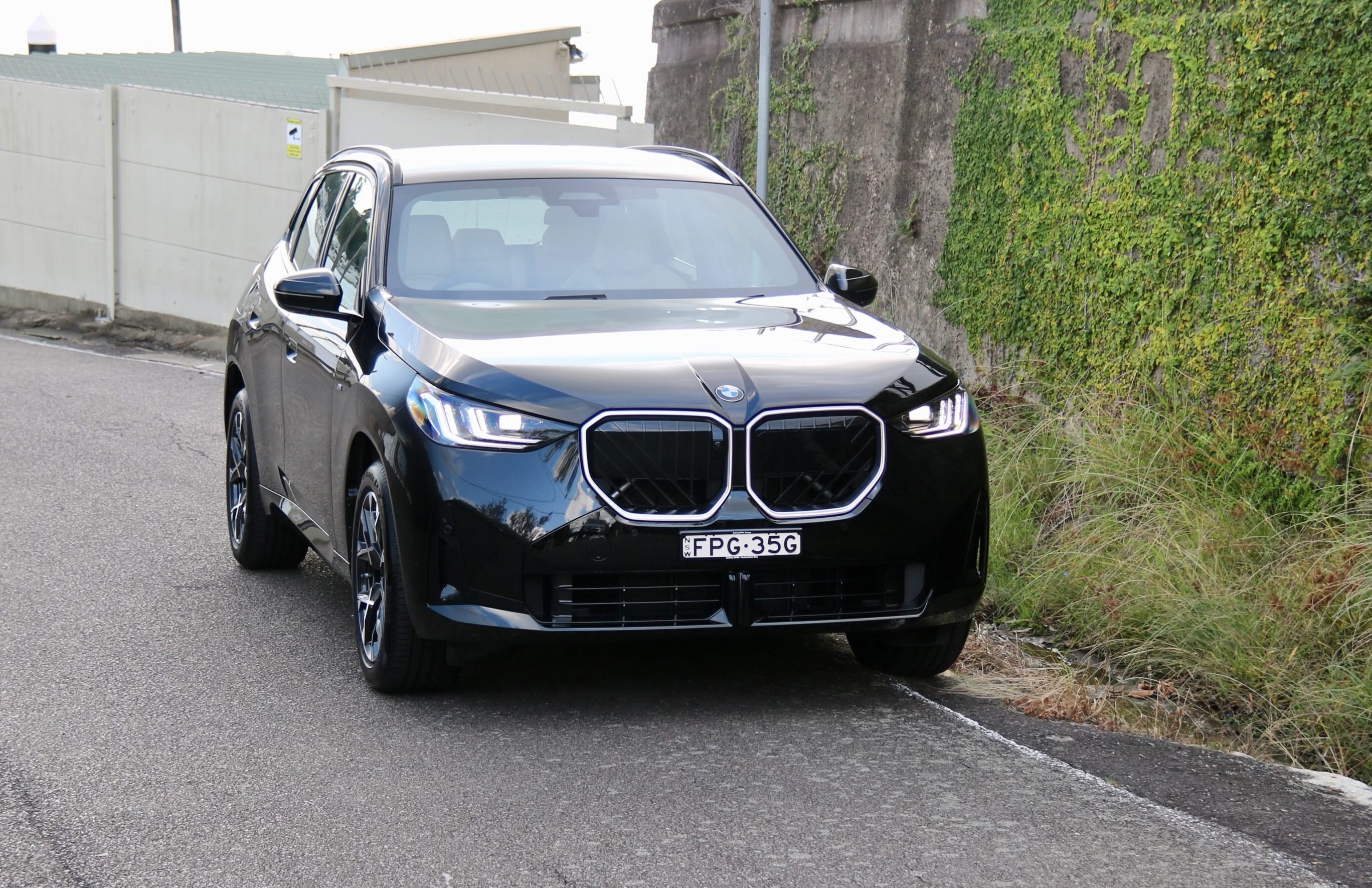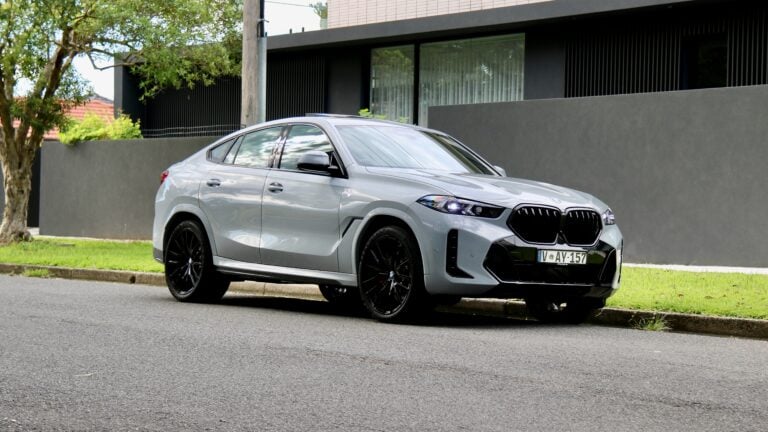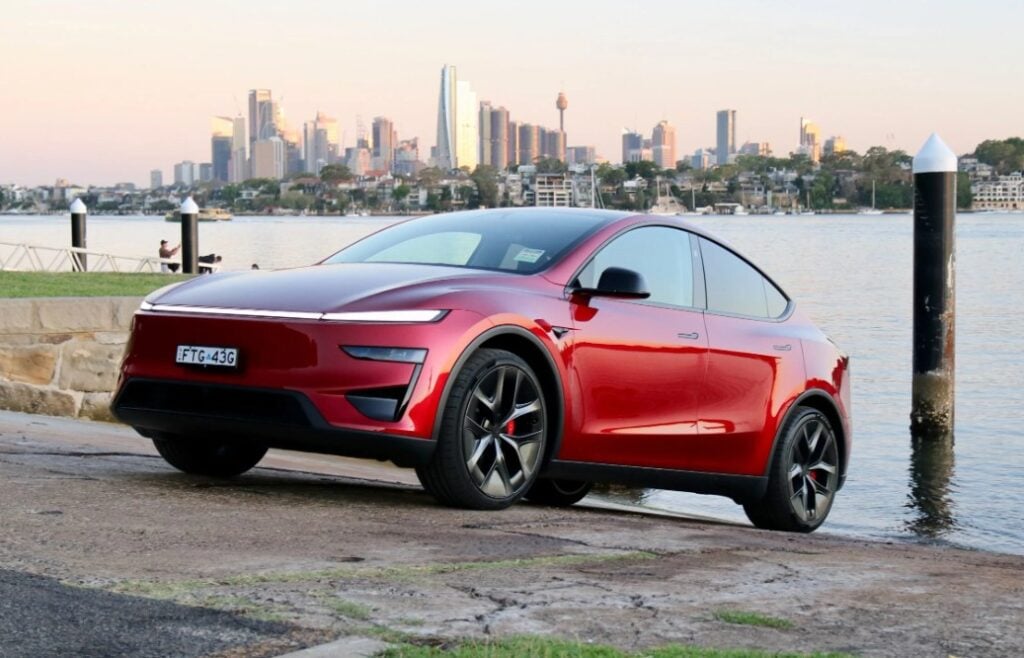Things we like
- Great ride and handling
- Improved value equation
- Impressive all-round talent
Not so much
- Some cheap interior materials
- Base engine could be more powerful
- M Sport styling is standard
It’s no easy feat to launch a new version of your best-selling product. You’ve got to refine, improve and add more value to it but also not change it too much so as to alienate its fanbase. Otherwise, those loyal fans could easily head elsewhere.
Originally sold as a smaller X5, the BMW X3 is now in its fourth generation and is the brand’s global best-seller. Has BMW successfully improved the X3 or should buyers look elsewhere? We tested the entry level X3 20 xDrive to find out.
Codenamed ‘G45’ – but using the same ‘CLAR’ platform as before – the new X3 has been given a thorough glow up to launch it into 2025, and is now longer, wider and taller in every direction. The controversial exterior styling is familiar but more modern, and the interior is now more minimalist in keeping with other new BMW products. For what it’s worth, it looks great in the flesh.
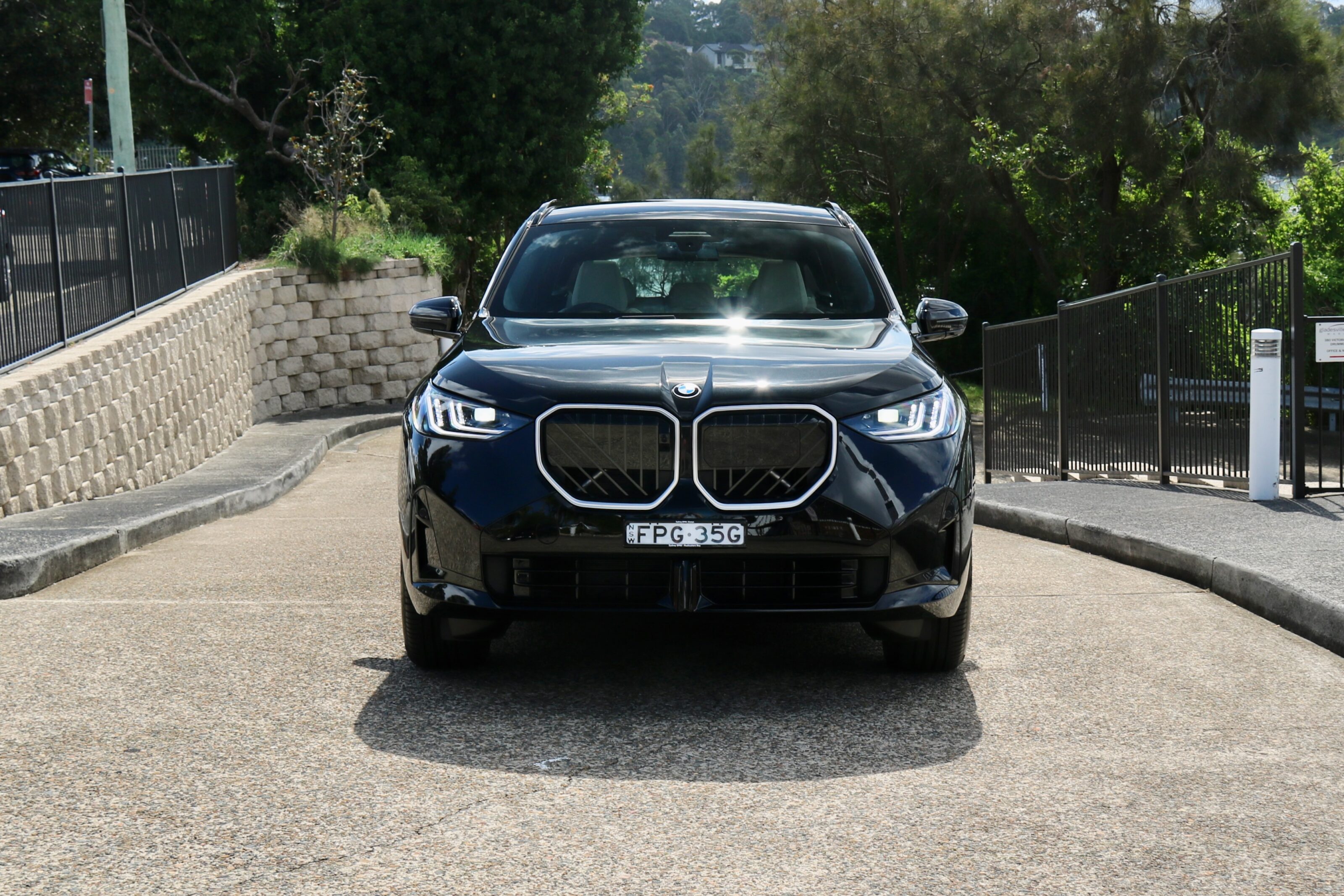
BMW Australia is offering three X3 models for the moment: the entry-level 20 tested here ($86,100 plus on-road costs), mid-spec 30e plug-in hybrid ($102,500 +ORC) and performance M50 at the top of the range ($128,900 +ORC). Base pricing climbed by $4000 over the former base 20i but a lot of standard equipment was added, including all-wheel drive, acoustic glass, a mild-hybrid system, heated front seats, ‘Veganza’ synthetic leather trim and sportier-looking M Sport styling.
Equipment otherwise includes 19-inch alloy wheels, tri-zone automatic climate control, a 12.3-inch driver’s display, a 14.9-inch touchscreen with an inbuilt eSIM, live services and over-the-air updates, wireless Apple CarPlay/wired Android Auto, a wireless phone charger, electric front seat adjustment, a powered tailgate and a full suite of safety tech like AEB, adaptive cruise control, adaptive lane guidance and high beam, blind-spot monitoring and a 360-degree camera.

The new X3’s value is strong against its Audi Q5 and Mercedes-Benz GLC chief rivals, which start at $88,315 and $89,000 respectively, and need options ticked to match the BMW. Meanwhile, a fully loaded Genesis GV70 2.5T Signature asks $89,700. Food for thought.
Our test car was also fitted with the $6000 Enhancement Pack (with metallic paint, an alarm, a panoramic glass roof and 15-speaker 750-watt Harman Kardon audio). A $4000 Comfort Pack (front seat ventilation, a heated steering wheel and rear seat, rear door sunblinds, rear privacy glass and a luggage net), a $3000 M Sport Pro package (additional M Sport exterior elements), $4000 leather trim, $1200 knitted textile dashboard and upper door trims, and $2000 20-inch alloy wheels are also available.
Under the X3 20’s bonnet is a mild-hybridised 2.0-litre turbocharged four-cylinder petrol engine mated to an eight-speed automatic transmission and the brand’s ‘xDrive’ all-wheel drive system. Total outputs are a reasonable 140kW (from 4400 to 6500rpm) of power and 310Nm (from 1500 to 4000rpm) of torque, while the claimed 0-100km/h time is 8.5 seconds. The claimed combined fuel consumption is 7.5L/100km and with a full 65-litre tank, expect to see a range of more than 850km at that consumption – we achieved 9.2L/100km after a week with our test car, though that was brand new and only had under 500km on the clock.
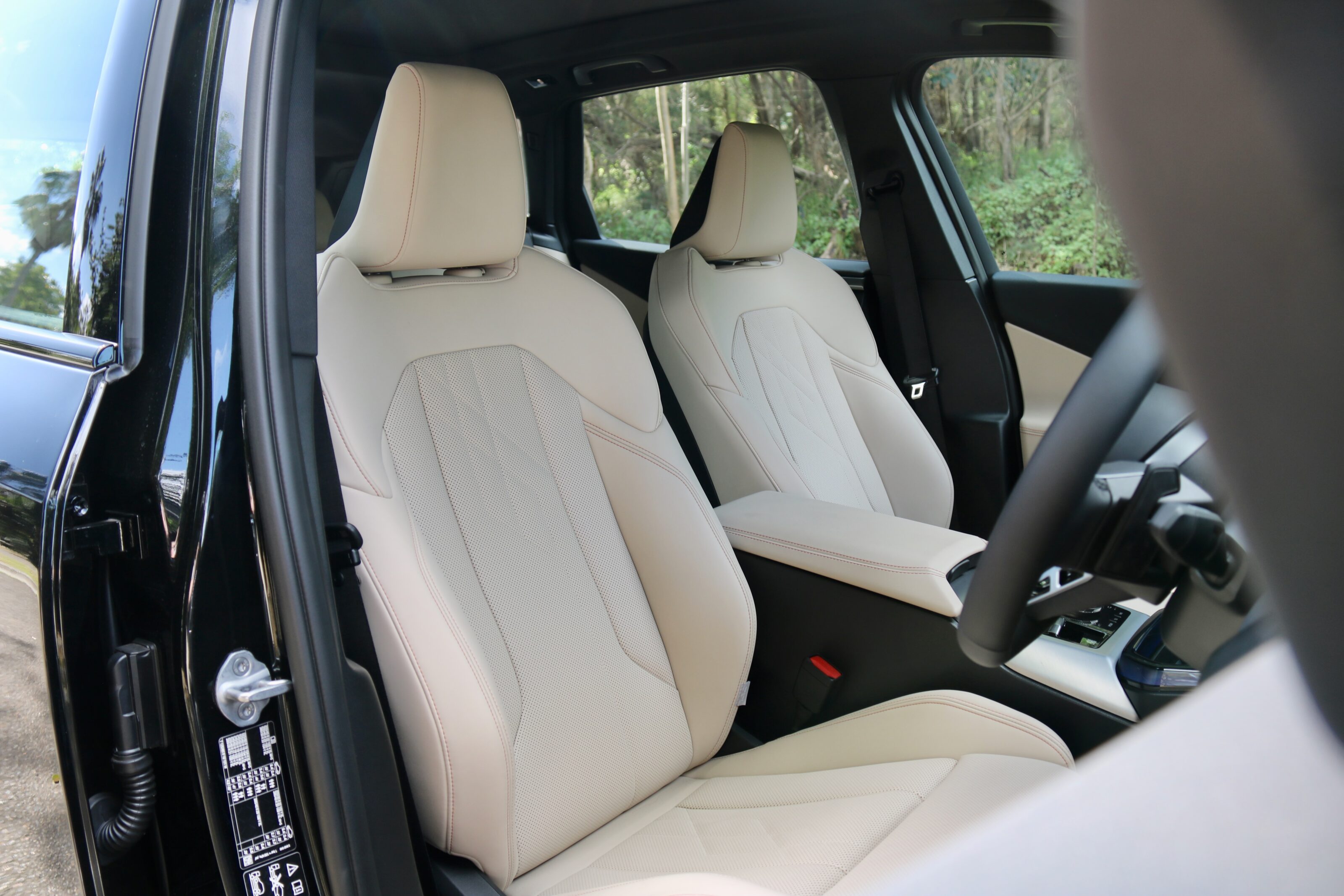
As you’d expect for a BMW, the X3 20 handles quite well – but it also rides plushly, too. Despite the stiff run-flat tyres, the ride quality on the 19-inch wheels and adaptive dampers of the base X3 is supple and despite the sporty image and keen handling, it’s really comfortable. It’s also great to drive for a mid-size SUV; the steering offers good connection to the wheels, it’s nicely balanced and it’s just fun. There’s more of a driver connection here than in rivals.
The new X3’s refinement is also excellent thanks to newly standard acoustic glass and other improvements in noise suppression: at highway speeds, the cabin is quiet and unless you’re high in the rev range, the engine is barely heard too.
What’s also excellent is BMW’s active safety equipment. It’s fully featured as standard with adaptive cruise control with adaptive lane guidance, traffic sign recognition, blind-spot monitoring and AEB but in contrast to a plethora of vehicles we’ve tested recently, it’s serene. The systems aren’t sensitive or noisy, but they just work when required. They assist the driver rather than overbear or scare them.
Inside the new X3 has seen a lot of change in line with newer BMW products: it now uses a more minimalist asymmetric design with more use of synthetic leather trim throughout. Overall quality is good, though some parts feel a bit cheap: the black plastic door handles, for example, and the air vent surrounds as well. But look beyond those and the new X3’s cabin looks and feels great.

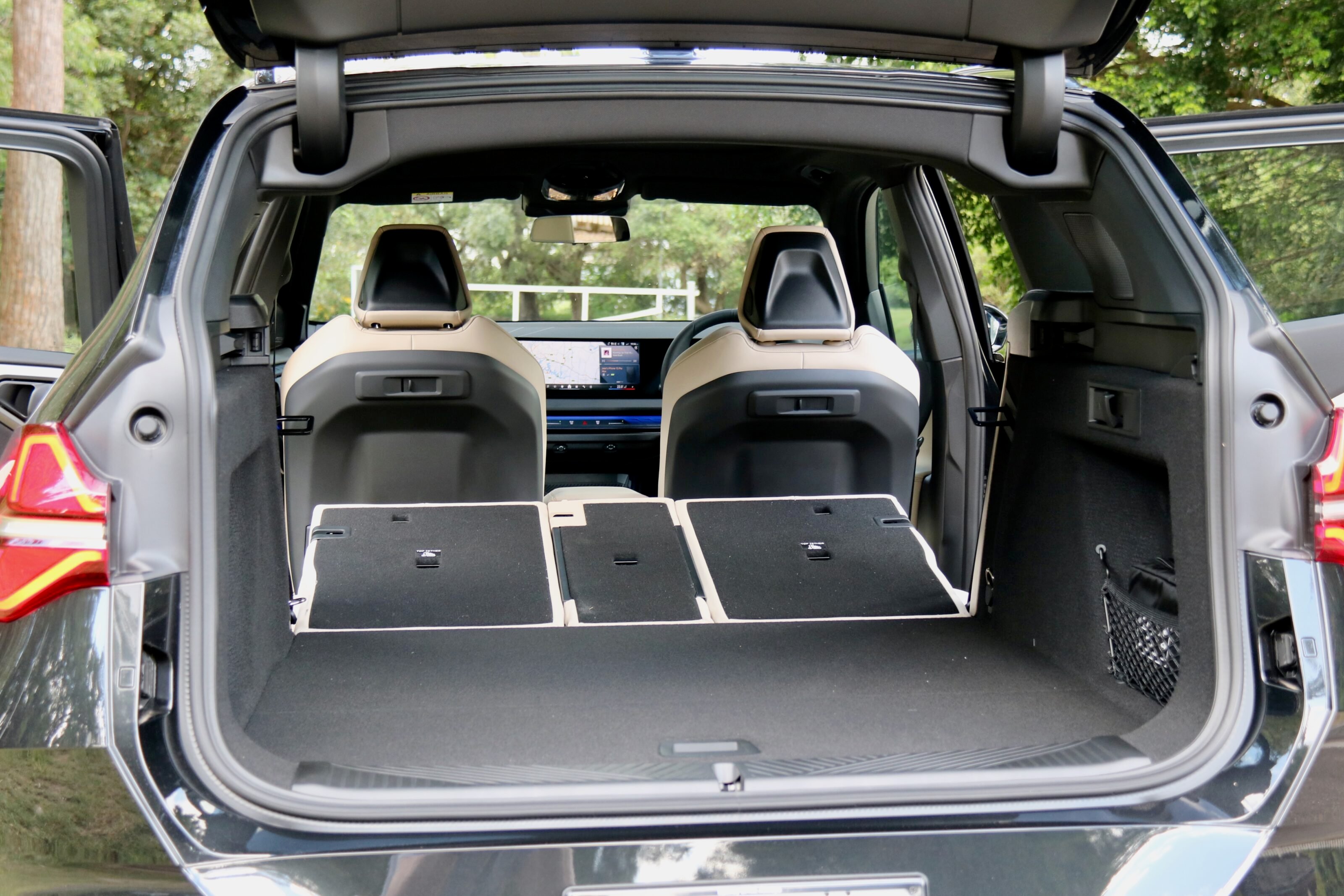
It’s also quite practical with sectioned bins in each door, a deep bin underneath the centre console lid and a large open section at the front of the centre console with a cooled wireless charger, two USB-C ports and deep cup holders.
Centre of the cabin is a new 14.9-inch touchscreen with the brand’s new ‘Operating System 9’ software. It’s a fully-featured system but it’s not overwhelming to use thanks to effective shortcuts on the bottom of the screen that don’t disappear when using another function, like smartphone mirroring. There’s no need to hit the screen multiple times to change the temperature because it’s always displayed, which is pleasing in an age where many touchscreens require a lot of effort for simple functions.
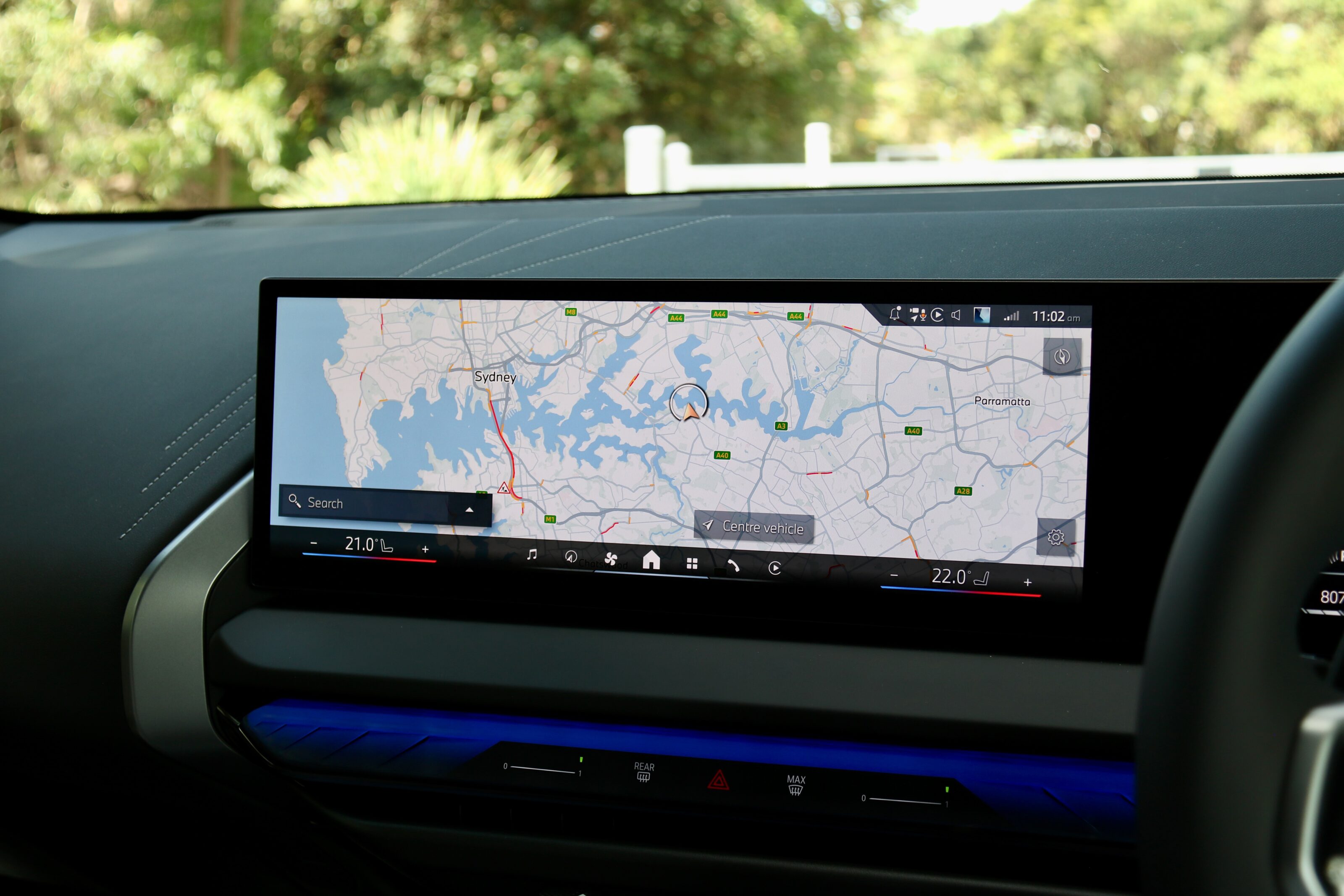
Wireless Apple CarPlay was easy to set up and worked faultlessly in our time with it, while the 15-speaker Harman Kardon sound system offers rich – if not massively punchy – sound quality.
Because of the growth spurt, the new X3 is more than capable of taking four taller adults and their luggage. Rear seat room – particularly headroom – is impressive, plus the door bins, two USB-C ports, map pockets and separate climate zone add even more comfort. The 570-litre boot is the largest in the class and opens up to a huge 1700L space with the rear seats folded. The new X3’s boot also features a large under-floor section for extra capacity – though there’s no spare wheel, just run-flat tyres.
Overall, while some may not like the exterior styling, there’s no denying the talent of the fourth-generation BMW X3: it’s practical, well equipped, comfortable and fun to drive, as you’d expect from a BMW. The base engine could be more powerful and some interior materials have taken a step backwards, but it’s an otherwise great product that we think will keep its crown as BMW’s best-selling model for a long time to come.
Specifications
| Model | X3 20 xDrive |
|---|---|
| Price as tested | $92,100 plus on-road costs |
| Engine | 2.0-litre turbo 4-cylinder mild-hybrid |
| Power | 140kW between 4400rpm and 6500rpm |
| Torque | 310Nm between 1500rpm and 4000rpm |
| Transmission | 8-speed auto, all-wheel drive |
| Claimed fuel consumption and CO2 | 7.5L/100km and 171g/km |
| 0-100km/h | 8.5 seconds |

This article originally appeared in the May 2025 issue of Wheels – subscribe here.


